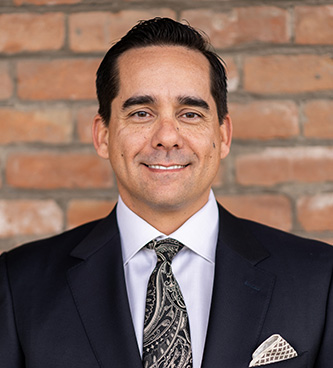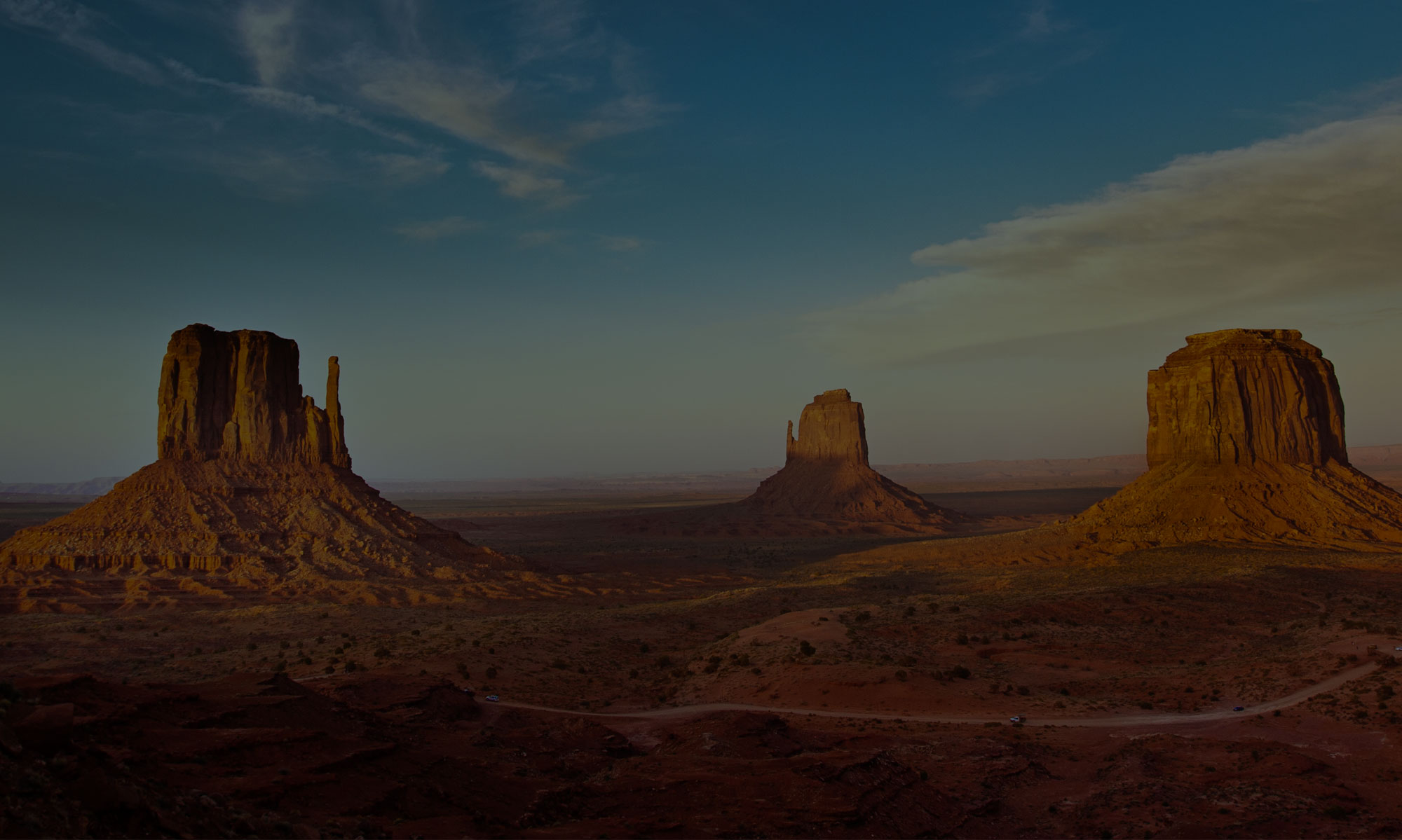If you live in the Phoenix area, by now you have likely seen or heard about Uber’s most recent technological advancement: self-driving cars. Beginning in February 2017, Phoenix, Pittsburg, and San Francisco were among the first cities in the U.S. to allow the testing of self-driving Ubers on public roads. As with any technological innovation, the question of safety arises. The purpose of these self-driving automobiles is to remove the element of “human error” from our roadways. However, due to the dangerous and unpredictable nature of our roadways, we are unlikely to see any technological advancement that could truly be deemed perfectly safe. On Sunday March 18, the safety record of Uber’s new self-driving vehicles took a major blow, as one of the autonomous vehicles caused its first fatality.
On that fatal night, a pedestrian was walking her bike across Mill Avenue outside of Marquee Theater in Tempe around 10pm. As a safety precaution, the Uber had a vehicle operator behind the wheel at the time of the incident. The car was on self-driving mode and contained no passengers. Traveling at 38 mph, on a street with a speed limit of 35 mph, the vehicle made no attempt to brake as the pedestrian stepped into the dimly lit street. These autonomous vehicles contain built-in sensors for the purpose of detecting obstructions and pedestrians in the road ahead, however this vehicle’s sensor package did not react to the woman crossing the street.
In the video taken by the built-in camera on the self-driving Uber, the pedestrian is only visible for a second before the collision. The operator of the vehicle is seen in the video footage looking at something off camera multiple times. Ultimately, she failed to see the pedestrian until the final moment before the fatal collision. So, questions remain: Why did the vehicle’s pedestrian sensors not perceive the woman crossing the road? Would the woman have been hit if the driver were paying better attention to the road?
A fatal crash like this using advanced machinery is already causing much backlash for the progression of Uber’s self-driving vehicles. Both the mayor of Tempe, Mark Mitchell, and the CEO of Uber, Dara Khosrowshahi, made statements regarding the incident, acknowledging family of the victim’s loss and informing the public of the company’s cooperation with Tempe law enforcement. However, no charges against Uber or the vehicle operator have been filed, as Tempe Police Department is continuing their investigation with the assistance of the National Transportation Safety Board and the National Highway Traffic Safety Administration.
Since the incident, Uber has put their self-driving vehicle operation on hold, as the police investigation continues. Hopefully, the company can quickly pinpoint what exactly went wrong with the car in this instance and develop a solution to ensure that incidents like this will not occur again.
When a machine makes an error, the question that arises is “who is responsible?” The vehicle was on autonomous mode during the incident, meaning that its autonomous system, rather than a human Uber driver, was operating the car. Unlike your average car accident, the liability cannot simply be placed on the driver, carmaker, or tire company; this new technology creates a more complex case, creating more difficulty in imposing liability. As Arizona Injury Attorneys, we, at Torgenson Law anticipate tackling these complex issues in the not so distant future.
Here at Torgenson Law, we send our most sincere condolences to the family of victim. We know how difficult it is to lose a loved one. We also know that regardless of technological innovations, personal injuries will undoubtedly continue to happen. If you or a loved one suffers personal injuries, call Torgenson Law at (602) 726-0747 for the legal care and representation you deserve.

John Torgenson is a highly experienced personal injury lawyer with over 20 years of practice in Arizona. He earned his Bachelor’s degree from the University of Utah and his Juris Doctor from Notre Dame. John has a proven track record of securing substantial verdicts and settlements, including an $8.25 million recovery for a gunshot injury victim. His expertise has earned him AVVO ratings and recognition as a Super Lawyer.
John is also a sought-after lecturer on personal injury law, sharing his extensive knowledge with peers and aspiring attorneys. Beyond his legal practice, John is an avid golfer and actively supports organizations like the Military Assistance Mission, Arizona School for the Arts, Page Balloon Regatta, University of Arizona Foundation, Junior Achievement of Arizona, and the Tim Huff Pro Bono Golf Classic.
Passionate about advocating for injury victims, John dedicates his career to battling insurance companies and corporate interests, ensuring that the rights of those who are hurt are vigorously defended.
